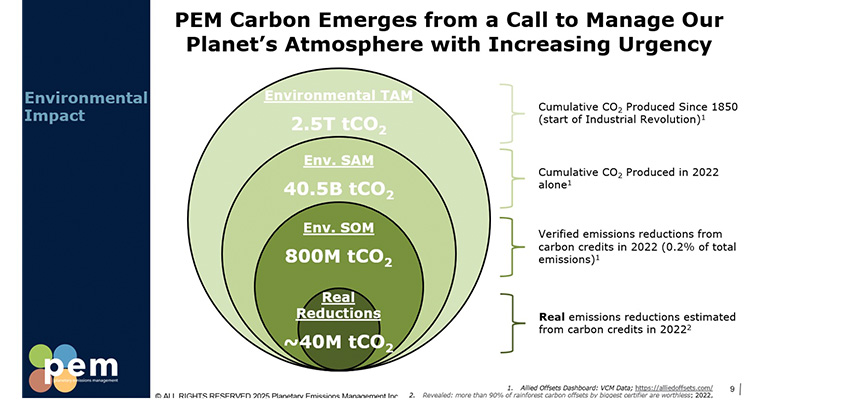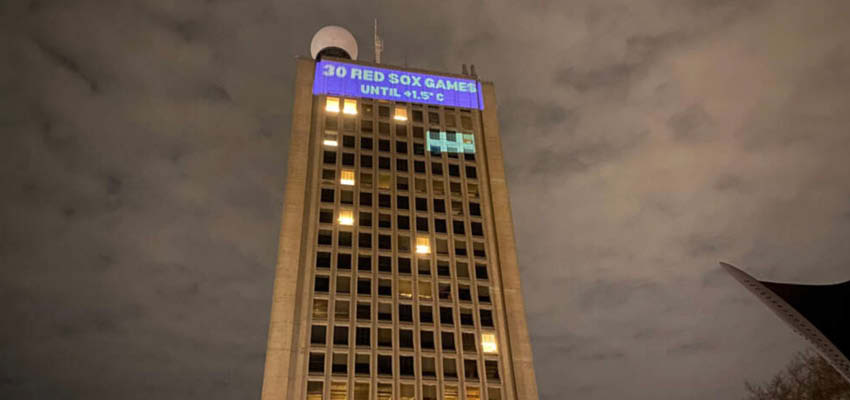
Develop investor pitch materials to help commercialize an innovative greenhouse gas flux measurement technology and redefine verifications of carbon removal projects.
MIT D-Lab class
D-Lab: Climate Change and Planetary Health (EC.719/EC.789) Spring 2025
Community partner
PEM Carbon, Bruno D.V. Marino, PhD - Founder, CEO
Country
US
Student/Team
Achint Rai, Sloan MBA 2026: I am a former consultant and private equity operations analyst interested in servicing the betterment of our planet and underrepresented communities across the globe with the analytical toolset I have gained through my career.
Image with Caption:
Project description
Carbon offsets serve as claims for emission reductions - offsets are generated from projects that either remove or avoid carbon dioxide emissions (e.g., afforestation, renewable energy grid replacement), and are bought by organizations, often corporations who need to meet carbon dioxide reduction goals set by regulatory bodies, which can claim the emission reductions as their own. However, registries like Verra, who underwrite offset certificates, have recently fallen under intense scrutiny for their methodology in tracking and verifying emission reductions. A 2022 study from the Guardian revealed that 90% of Verra-certified reduction claims from afforestation projects were not real. And yet, as global warming accelerates, corporations continue to face pressure to invest in carbon dioxide removal. So, how can corporations claim reductions achieved from operational investments, like carbon capture, utilization, and storage projects, in accurate and verifiable ways?
PEM Carbon consists of a team of research scientists, led by Bruno D.V. Marino, who earned his PhD in Earth & Space Sciences from Harvard, has 7 patents issued, and is widely published in peer reviewed journals. The company has defined a patented formula for accurate measurement of net flux (i.e., the changes in greenhouse gas levels within the soil, water, and atmosphere) using a factor known as the eddy covariance, and have developed more than 20 patents around the net flux measurement of various greenhouse gases and carbon isotopes. Their patent portfolio and measurement methodology is cutting-edge, and the team believes these components can help them revolutionize the way offsets are measured to make them a viable market tool. However, they struggle with scaling their technology without an early adopter and partner.
In this project, I set out to identify the right investor partners for the PEM Carbon team and build a comprehensive pitch deck for future diligence purposes. To identify the right partners, I conducted research on the discourse around accurate carbon removal measurement, aggregated data on the top offset purchasers over the last 5 years, and categorized partnerships into corporate, regulatory, and NGO / public interests. To build the pitch deck, I first created a storyboard, focused on the urgency of the problem at hand, and then used PEM Carbon internal materials along with market research to build core pitch components like market sizing, business model, unique selling proposition, and competitor analyses. I then revised the pitch materials for two uses: one for investor partners with a higher emphasis on diligence materials, and one for a public audience interested more in the story behind PEM Carbon.
I will hand off these materials to Bruno and the PEM Carbon team - while I will not be able to work on them further over the summer, I have provided Bruno a list of next steps and updates that will be required to iterate and finalize the deck for the future.
Contact
Susan Murcott, MIT D-Lab Lecturer


